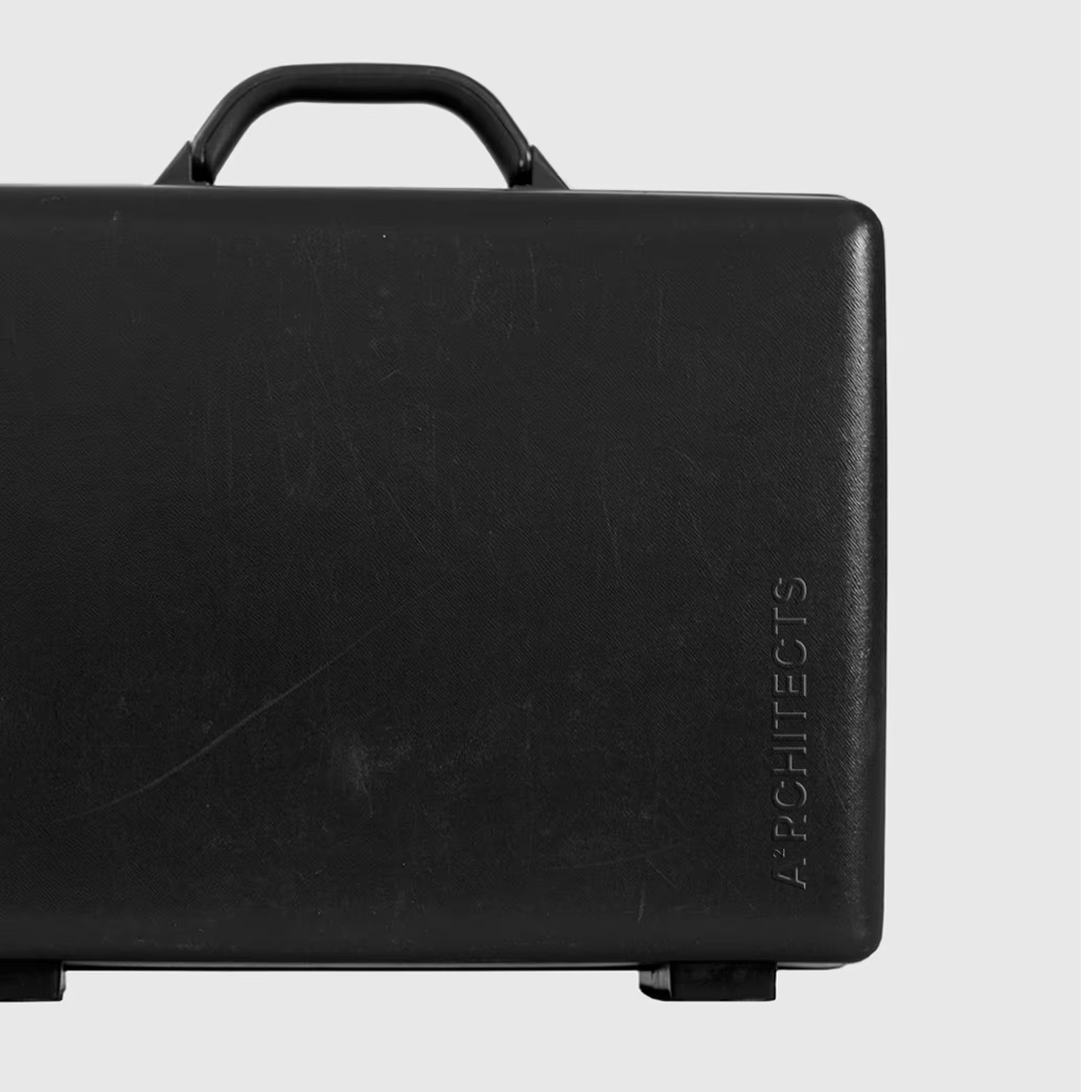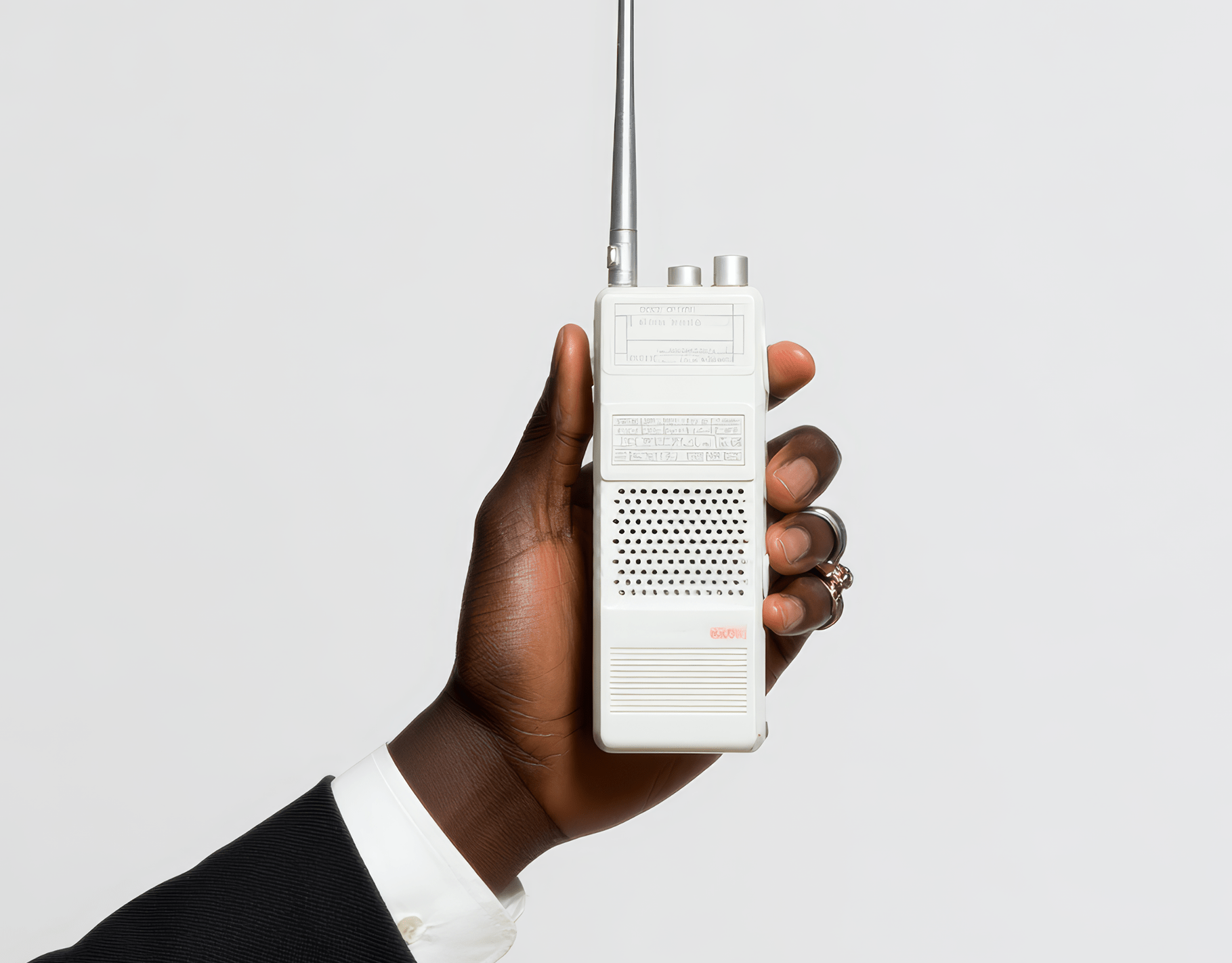Is Brand Consistency Just a Design Detail?
There's a conversation happening about your brand that you're not part of.
Your customer just recommended you to a friend. They're scrolling through your Instagram, then clicking to your website, maybe checking out your packaging. And somewhere in that journey, they pause. Something feels... different. Not wrong, exactly. Just not quite the same brand their friend raved about.
That pause? That's where recommendations die.
You've built something beautiful. Your typography is perfect, your colour palette is buttery smooth, your initial rollout was flawless. But three months in, the cracks are showing. Your brand consistency is slipping. Your social captions sound like they were written by three different people. Your packaging feels disconnected from your website. And when you talk to customers, even you sound uncertain about your own voice.
This is not a design problem. It is an identity crisis masquerading as aesthetic inconsistency.
The Invisible Erosion of Trust
When brand consistency breaks, so does the emotional contract with your audience. Every mismatched touchpoint forces customers to re-evaluate: Is this the same brand? Is it still for me? These micro-moments of confusion don't just create friction; they erode the foundation of trust you've worked so hard to build.
The irony? You're losing customers not because they dislike your product, but because they can't form a reliable connection with who you are.
They drift away confused, not convinced.
What Coherence Actually Builds
Many founders fear consistency means stagnation. But consistency isn't about staying the same; it's about coherence. It's the difference between scattered charm and recognizable depth.
Humans trust patterns. When your typography, tone, and messaging show up predictably, you create emotional safety for your audience. This isn't abstract psychology - it's behavioral economics.
Consistent brands don't just become recognizable; they become referable.
Eightstation - a case study
Working with Eightstation taught us something about the power of restraint. In a world where visualization studios chase every trend, they chose focus.
Eightstation creates photorealistic renderings that reveal possibilities. Their work spans real estate, interior design, and product visualization, but what sets them apart isn't technical skill alone. It's their understanding that light, texture, and composition are the language of aspiration.
Through competitor analysis and persona research, we discovered their strength: rendering dreams and visions; not just objects. The positioning emerged naturally as a boutique studio where narrative drives visualization.

Their brand identity reflects this philosophy. A sophisticated dark palette lets their work breathe, paired with refined typography and handwritten elements that add human warmth to digital precision.
The website became an immersive experience. Architectural details and subtle animations mirror their meticulous 3D work, creating moments that reinforce their positioning.
Six months later, something shifted. Eightstation clients were buying into a vision. Every email, every proposal, every project delivery felt unmistakably theirs. The consistency we built amplified their authority rather than limiting their creativity.

When clients recommend Eightstation now, the journey from word-of-mouth to first impression flows seamlessly. The brand their friend described is exactly what they encounter. No pause, no questioning. Just recognition, trust, and the kind of seamless experience that transforms recommendations into lasting relationships.
Building Your Consistency Framework
Here's a practical diagnostic to evaluate where you stand:
Touchpoint Audit:
- Website: Does it match your tone and visuals?
- Social captions: Consistent voice across platforms?
- Email newsletters: Clear CTA and aligned visuals?
- Packaging: Matches digital presence?
- Onboarding: Language and tone aligned?
The Four Pillars:

- Visual Identity: Visual elements that create recognition
- Messaging: Voice and tone that feel familiar
- Experience: Interactions that reinforce expectations
- Internal clarity: Teams aligned on brand standards
Well-defined brand systems free creative teams rather than constrain them. Teams report smoother approvals, clearer briefs, and fewer brand misfires when they have clear guidelines to work within.
The Catalyst Effect
When done well, brand consistency refines expression rather than limiting it. Clear guidelines give your team a shared language, your audience something to hold onto, and your brand the longevity it deserves.
Think of it as a jazz structure; it gives your creativity rhythm, rules, and the freedom to riff with clarity.
Brand consistency means ensuring every signal communicates that you know who you are and you have not changed your mind.
FAQ
What is brand consistency?
It’s the practice of aligning your visual identity, messaging, tone, and experience across every touchpoint—so your brand always feels coherent, no matter where or how people interact with it.
Why does brand consistency matter for small brands?
Even more so than for large brands, consistency helps early-stage ventures build trust, recall, and credibility in a noisy space.
How do I know if my brand is inconsistent?
Look at your last 5 posts, emails, and packaging. If the tone, color, or layout feels disjointed—or if your team’s confused - you likely have a consistency gap.
What’s the first step to fixing inconsistency?
Audit your current assets. Then build or refine brand guidelines that include visual style, voice, tone, and experience standards.
Can consistency still allow for creativity?
Absolutely. Think of it as a jazz structure—it gives your creativity rhythm, rules, and the freedom to riff with clarity.














